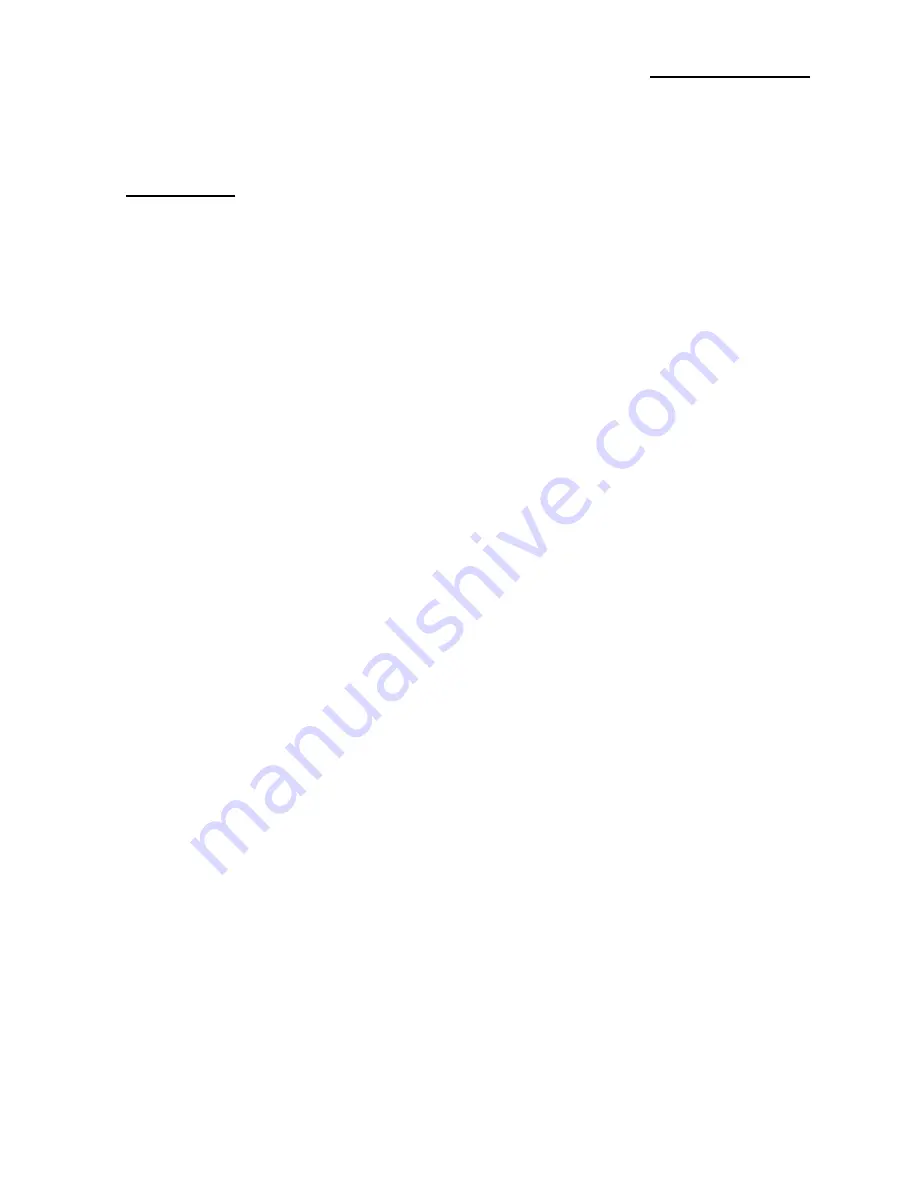
8000D Mixer/Mill
Page 9 of 21 SPEX CertiPrep 8.21.03
SN and Higher
5. OPERATION
(Continued)
A typical mixing load is up to 25 ml, or about 40% of the vial’s volume.
If a sample is not being ground fine enough, one can decrease the amount of sample, increase
grinding time, use a denser grinding medium, and/or add a grinding aid or a liquid. Wet grinding
keeps the sample from caking and will give a smaller final particle size, but there are handicaps:
an extra drying step is required, the fluid used for wet grinding must be chosen carefully not to
alter the sample or attack the container, and not all the vials are leak-proof. The steel, tungsten
carbide, and plastic vials have screw tops, and are more or less watertight. The alumina vial
(8003) has optional clamps (8014) for slurry grinding. Other 8000-series grinding containers are
not suitable for use with liquids.
Avoid grinding small loads (less than 3 grams) in brittle containers such as alumina and agate. If
there is not enough material to cushion the impact of the balls, they will generate excess
contamination and can in extreme cases chip the container.
Caution: always use grinding balls that match the material of the container, e.g. steel balls for a
steel container, agate balls for an agate container, etc. This will limit contamination. An
inappropriate choice of balls, such as tungsten carbide balls in an alumina container, can damage
the container.
Two balls are standard for most grinding containers, though some users feel that only one ball
should be used in the most brittle containers (alumina and agate). Three balls can hasten grinding
in the strongest containers, the steel ones.
When using grinding containers with threaded aluminum caps (steel and tungsten carbide), be
careful to keep the threads clean. Over time, if care is not exercised to maintain the threads clean,
as sample accumulates in the threads it can jam the caps. Also be careful not to drop these caps
on edge, as if they are knocked out of round they can be very difficult to use.







































